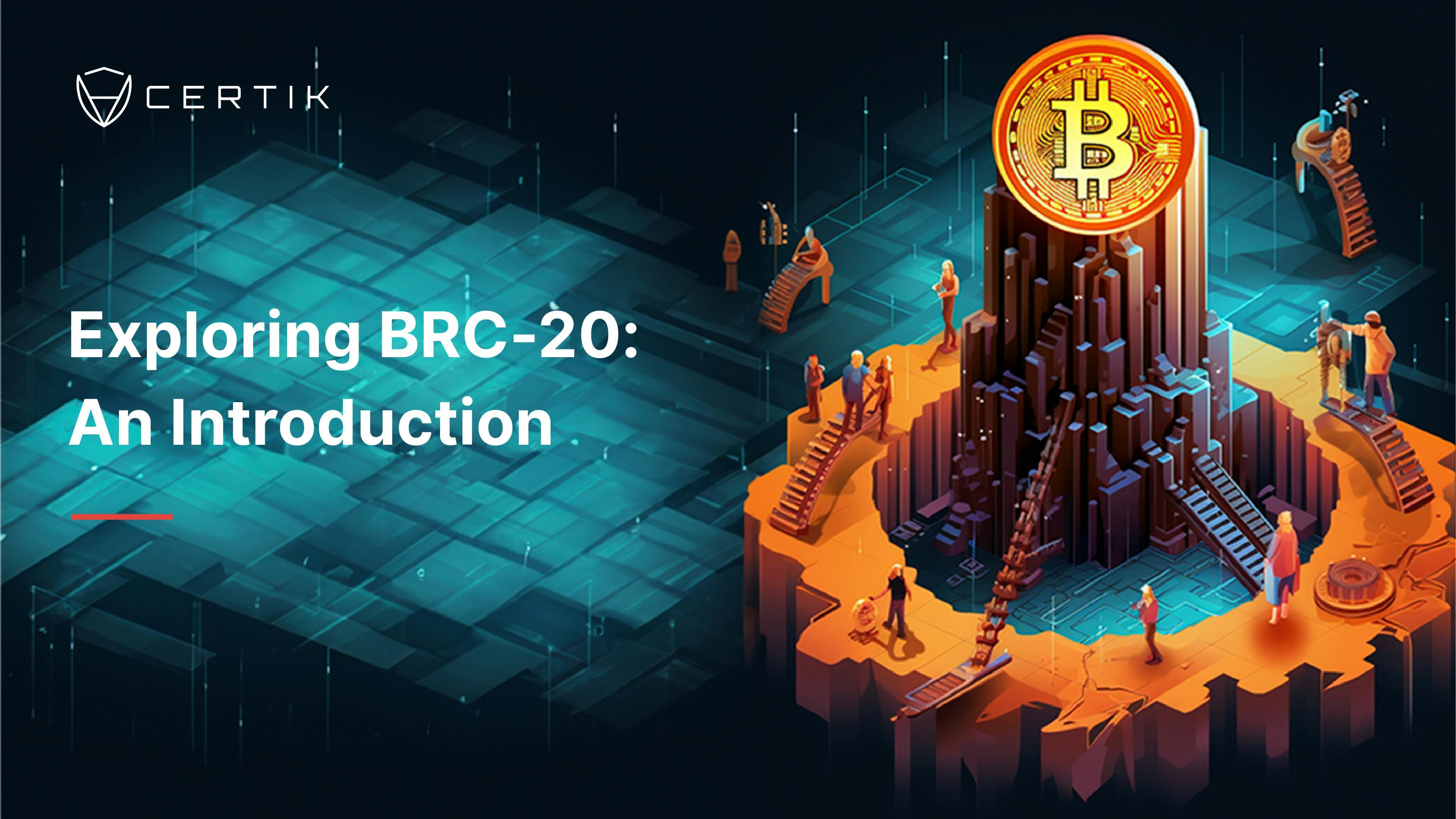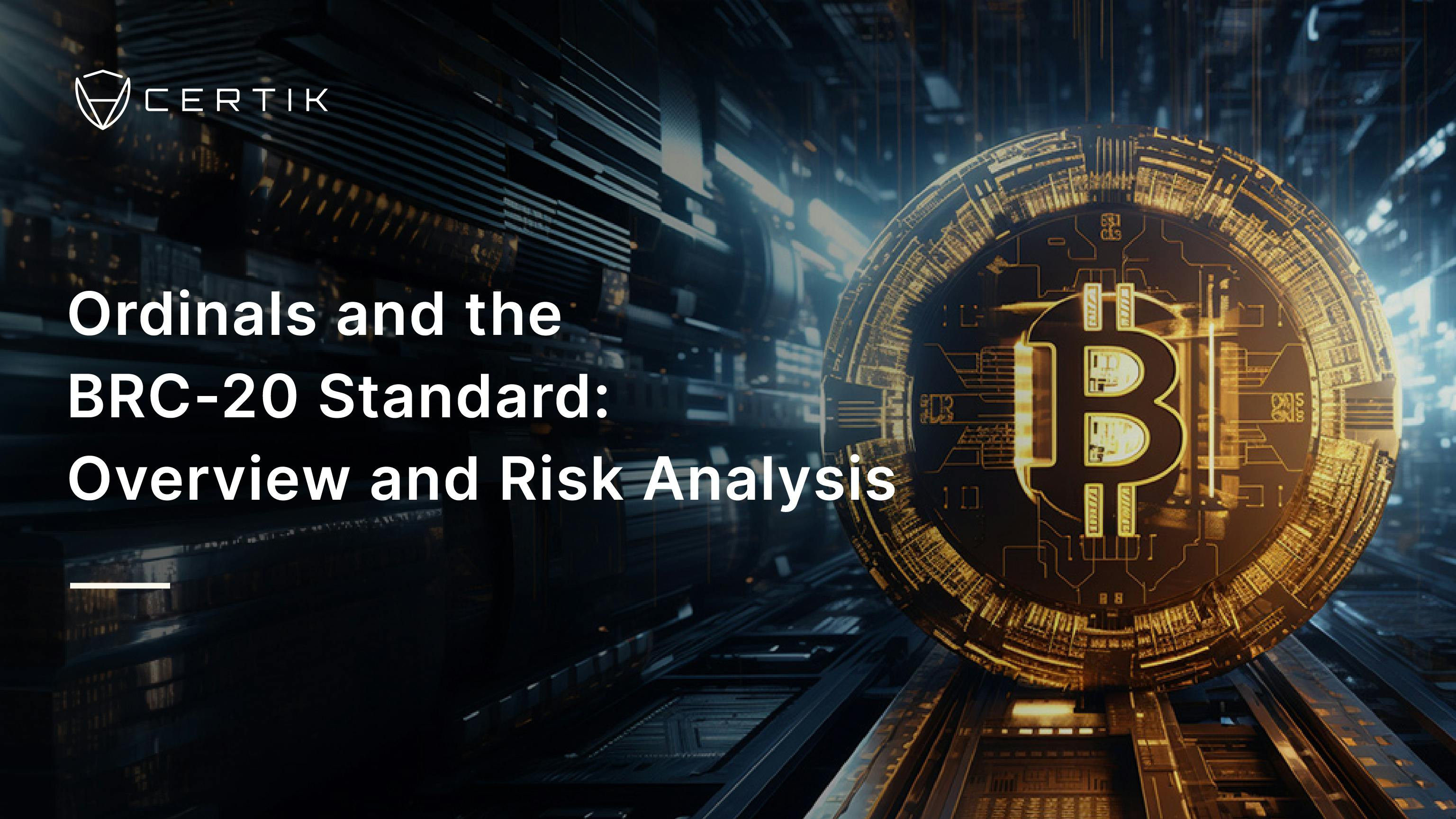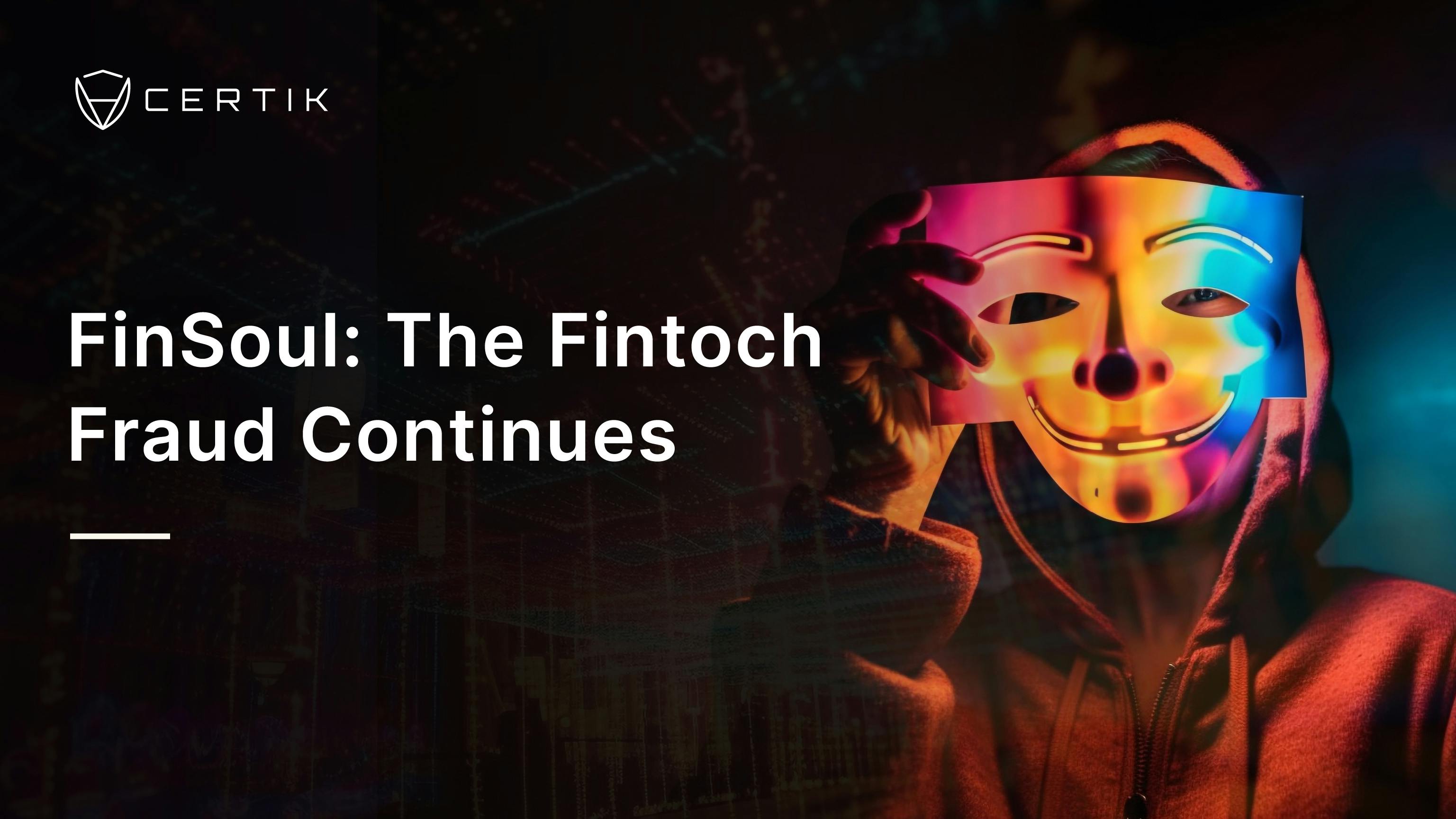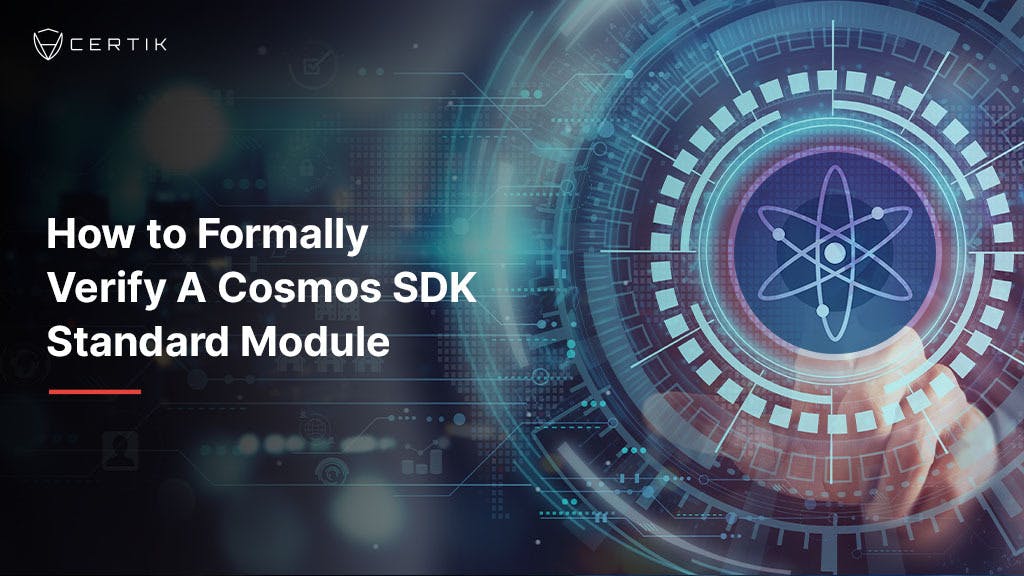Since its introduction in 2015, the ERC-20 token standard has gained widespread adoption due to its flexible and easy integration with DeFi protocols. These tokens can be easily customized and programmed to incorporate additional functionalities, making them versatile for various use cases. The standard is utilized across all EVM-compatible networks and has also inspired token standards on other networks such as Solana and Move.
Recently, the BRC-20 token standard has gained significant attention and has become a (sometimes contentious) topic of discussion in the blockchain space. While the name "BRC-20" does call to mind the ERC-20 token standard, the design, implementation, and interaction with the underlying blockchain network are different. In recent work, CertiK audited OKX's infrastructure built to support the BRC-20 token standard. In this article, we will delve into how the BRC-20 token works and explore some associated risks.

Before delving into the details of the BRC-20 token, let us first introduce Ordinals. Ordinals serve as a numbering scheme for satoshis, enabling the indexing and tracking of individual sats. Satoshis are the smallest unit in Bitcoin. The protocol assigns a unique index to each satoshi and allows it to be inscribed with various forms of content, such as text, images, video, audio, and more. The resulting inscription can be viewed as a form of NFT (non-fungible token) for the Bitcoin network. Ordinals provide a website to view inscriptions, and if you are interested in knowing more about Ordinals, check out their codebase.
 Figure 1: A high-level representation of an inscription
Figure 1: A high-level representation of an inscription
Technical specifications of the BRC-20 token can be found here. The standard operates using a JSON format for inscriptions that include BRC-20 related operations. For example, the following JSON represents the deploy and mint operations for the "ordi" token. Users who wish to create and mint the "ordi" token can inscribe these two JSON files using the Ordinal wallet. The transfer of BRC-20 tokens is more complex than the deploy and mint operations. It requires users to inscribe a transfer inscription to make their balance transferable, and then users can then transfer the token balance by sending the inscriptions to the receiver's Bitcoin address.
 Figure 2:
Figure 2: deploy and mint operations
Unlike ERC-20 tokens, where users' token balances are stored on-chain, the BRC-20 token standard requires an indexer to extract the JSON information from inscriptions, process it, and record the balance information in the off-chain database. The indexer needs to follow the rules specified in the BRC-20 documentation. If any mistakes are made in the indexing program, it will record incorrect token balances for users.
Several platforms that support the BRC-20 token open-source their indexer programs and provide publicly accessible APIs for querying BRC-20 balances. Examples include the indexer library from UniSat and the API from bestinslot.xyz. Users who fork open-source indexers or use public APIs need to be cautious, as there is no guarantee of 100% accuracy.
The Impact of BRC-20 Tokens on Bitcoin
Previously, before the introduction of BRC-20, the Bitcoin was essentially limited to sending and receiving bitcoins. However, the emergence of new utilities – like BRC-20 – has shed light on the untapped potential of the Bitcoin network. Alongside BRC-20, we have witnessed the development of other innovative applications and protocols, such as BRC-30 and BRC-721 standards.
These novel use cases have created new possibilities on the capabilities of the Bitcoin chain. Such innovations have prompted more developers and communities to investigate the operational principles of the Bitcoin network and delve into the Bitcoin blockchain to find other potential uses and applications. This evolution goes to show that the scope and application of Bitcoin are far from exhausted, and its future potential is still open to exploration and development.
Furthermore, the rise in popularity of BRC-20 has brought attention to congestion issues on the Bitcoin blockchain, with the finger being pointed at BRC-20 transactions. This congestion prompted developers to redouble efforts on scaling problems. The community has proposed various solutions, such as conducting BRC-20 token minting on-chain while delegating the payment process to the Lightning Network or migrating certain BRC-20 applications to Layer 2 networks.
Risks of the BRC-20 Token Standard
The BRC-20 token standard has experienced an unprecedented level of popularity at its peak. However, as the creator of the BRC-20 token has stated – "This is just a fun experiment" – indicating that the token standard does have its limitations. Below, we summarize and highlight some risks associated with the BRC-20 token.
Centralization Risks
Although Bitcoin itself is immutable and decentralized, the reliance of the BRC-20 ecosystem on off-chain indexers introduces a major centralization risk. If a malicious attacker gains access to the off-chain database, or if the controlling party is malicious, they can manipulate users' balances. Furthermore, any flaws or errors in the indexer's logic can lead to an incorrect record of users' balances or allow double-spending. To embrace the decentralized nature of blockchain, a crucial component for the long-term success of BRC-20 is the development of a more decentralized indexer.
Ever-Changing Inscription Rules
The BRC-20 token is built on top of the "Ordinals" project, which sets the rules for defining what should be considered a valid inscription or not. The Ordinals project team is not involved with the BRC-20 standard, and one of the main maintainers of Ordinals stated that "discussion of BRC-20 is off-topic." However, the BRC-20 token relies on inscriptions, and even a minor change in the inscription indexing rules can have a significant impact on BRC-20 indexer operators. The Ordinals project has recently been discussing whether it should support cursed inscriptions and P2WSH inscriptions, which have already raised concern within the BRC-20 community.
Market Risk
In early May, the total market capitalization of BRC-20 tokens surpassed $1 billion, with a daily trading volume of $207.7 million. However, it has since dropped by more than 80%, and the current market cap as of June 19 stands at $131 million. Popular BRC-20 tokens such as $ORDI and $PEPE have experienced price drops of more than 60%. Despite the large trading volume and daily activity at its peak, the token currently lacks any real utility, leaving users with little non-speculative incentive to hold the tokens. Furthermore, the trading of BRC-20 tokens relies on centralized exchanges and over-the-counter (OTC) methods. Although a few projects are building decentralized exchanges for BRC-20 tokens, they are still in their early stages. Users who want to participate in trading should be aware of the market risks associated with BRC-20 tokens.
Conclusion
In this blog post, we introduced Ordinals and the BRC-20 token standard, while also highlighting some security risks associated. The BRC-20 token may be a fun experiment with limitations, but it has indeed helped expand the conversation about the functionality of the Bitcoin blockchain. We are witnessing the development of more standards, including BRC-30 and BRC-721. Overall, it's an exciting time in Bitcoin development.



